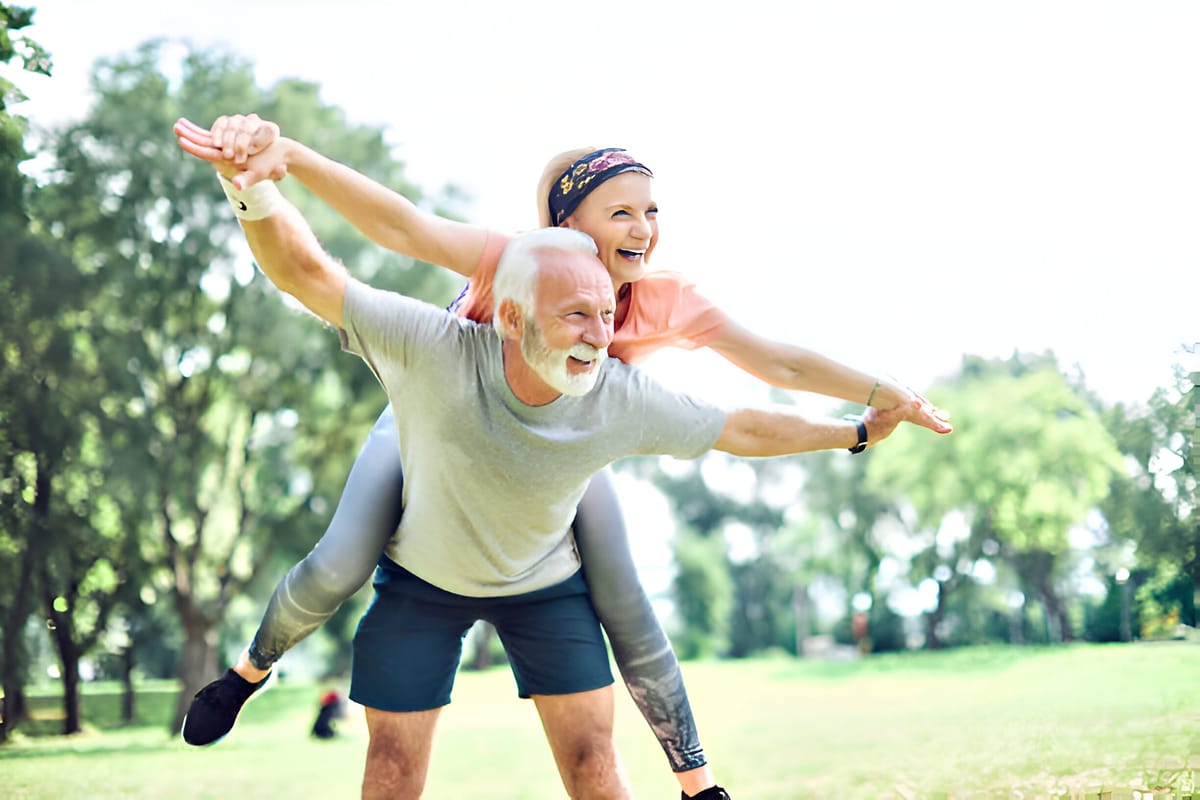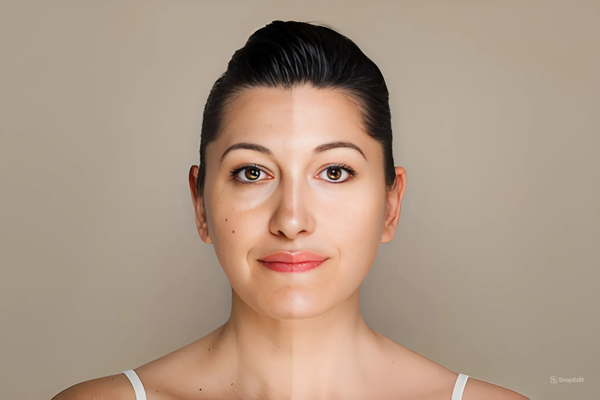Exploring Sirolimus (Rapamycin) for Muscle Strength and Endurance in Older Adults: A New Trial
Discover how a recent clinical trial investigates the impact of sirolimus and exercise on muscle strength and endurance in older adults, offering new insights into age-related muscle health.

Aging is commonly accompanied by a decline in muscle strength and endurance, which contributes to frailty and impacts the overall quality of life. Researchers have long sought ways to mitigate these effects to help older adults maintain physical function and independence. A promising development in this field is a recent clinical trial exploring the potential of sirolimus, an mTOR inhibitor, in improving muscle performance when combined with regular exercise.
Understanding the Role of mTOR and Sirolimus
The mTOR (mechanistic target of rapamycin) pathway is central to regulating cellular growth and metabolism, including muscle cell function. With age, chronic overactivation of mTOR can impair cellular maintenance, which has been linked to age-related decline in muscle strength and endurance. Sirolimus (rapamycin), traditionally used for immunosuppression in transplant patients, acts as an mTOR inhibitor. Preclinical studies in animals have shown that sirolimus can delay age-related degeneration, sparking interest in its application for enhancing muscle performance in humans.
The Structure of the Study
The trial is a double-blind, placebo-controlled study, meaning neither the participants nor the researchers know who receives sirolimus versus a placebo. This approach minimizes bias and ensures more reliable results. Participants aged 65-85 engage in a 13-week, at-home exercise program designed to boost muscle strength and endurance. One group receives weekly doses of sirolimus, while the other group takes a placebo, both paired with the same exercise regimen. The primary focus is to assess whether the addition of sirolimus offers any significant advantages in improving physical function over exercise alone.
Key Measurements and Expected Impact
The study evaluates physical improvements through tests like the 30-Second Chair-Stand Test, 6-minute walk test, handgrip strength, and self-reported quality of life surveys. The primary measurement, the 30-Second Chair-Stand Test, assesses lower body strength, a key factor in maintaining mobility. The trial also closely monitors safety and potential side effects to ensure the feasibility of using sirolimus in older adults.
By examining both the potential benefits and safety of this combined approach, the researchers aim to open up new avenues for aging adults looking to maintain muscle health. The study's findings could be instrumental in developing interventions to counteract age-related muscle loss, offering older adults an innovative method to support physical function and quality of life.
Sources
- Stanfield, B., Kaeberlein, M., Leroux, B. et al. A single-center, double-blind, randomized, placebo-controlled, two-arm study to evaluate the safety and efficacy of once-weekly sirolimus (rapamycin) on muscle strength and endurance in older adults following a 13-week exercise program. Trials 25, 642 (2024). https://doi.org/10.1186/s13063-024-08490-2





